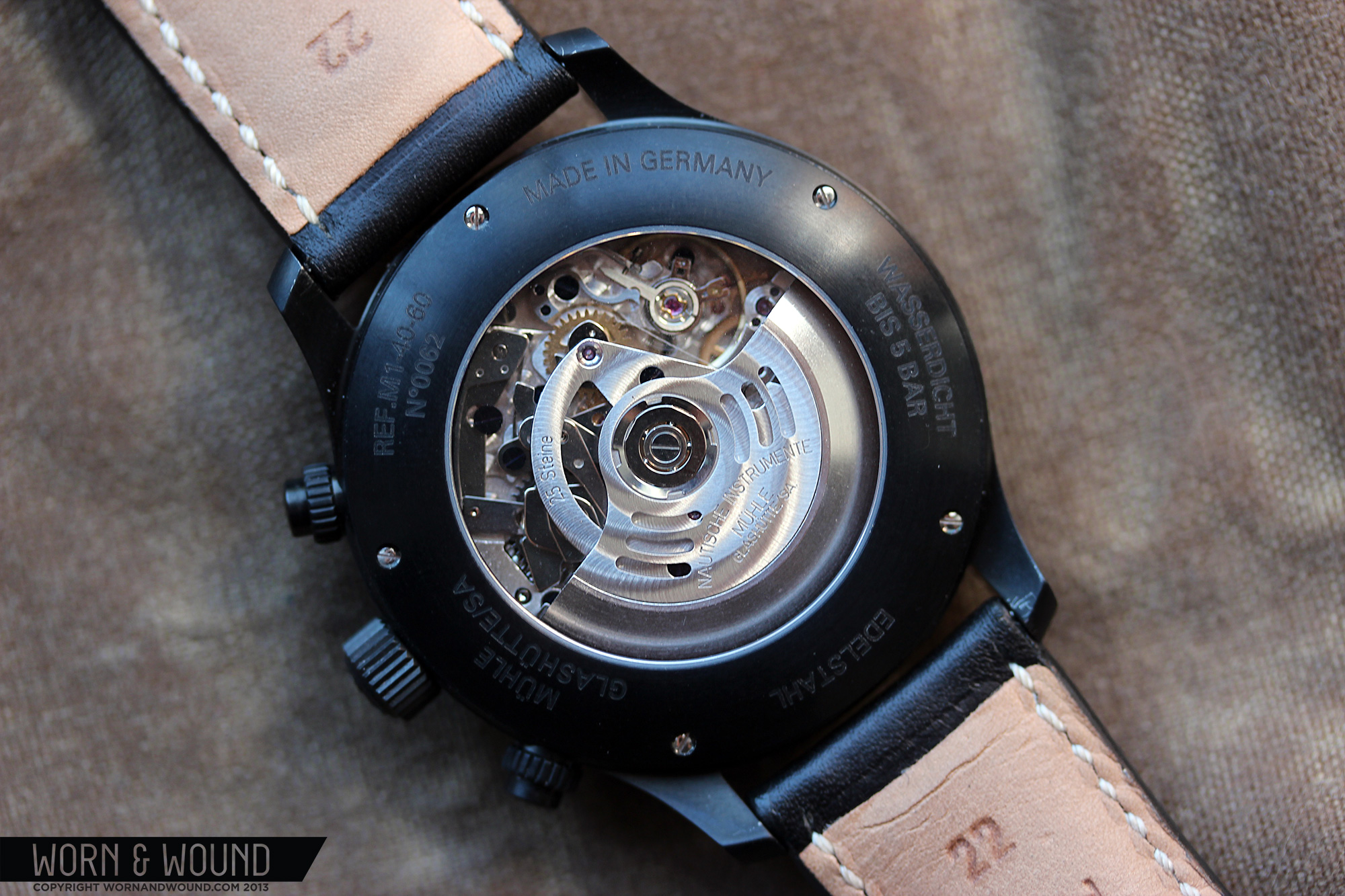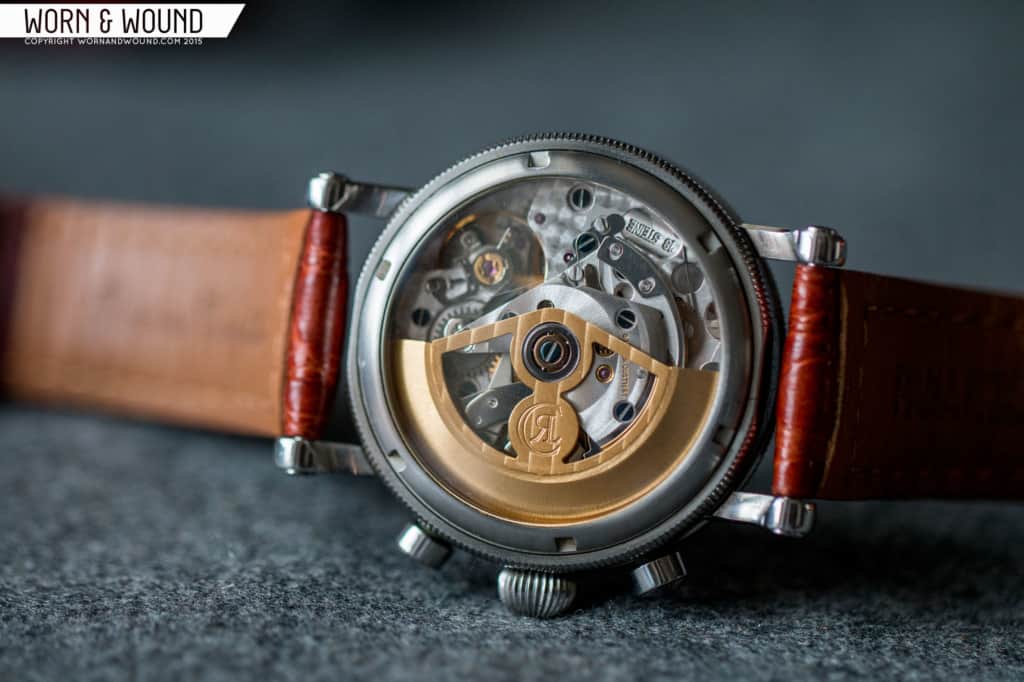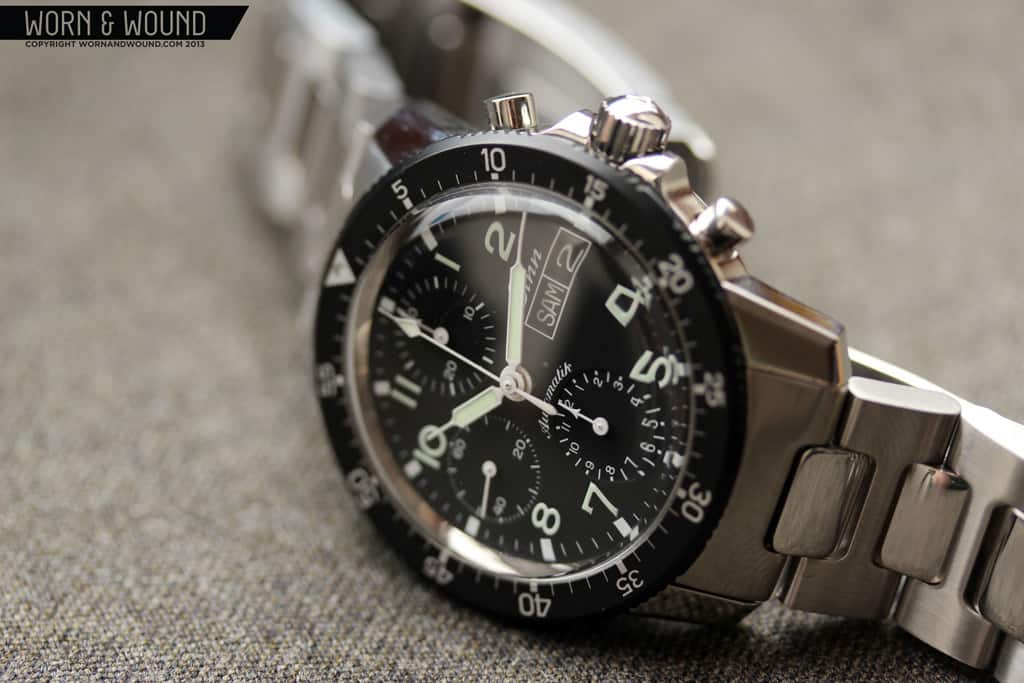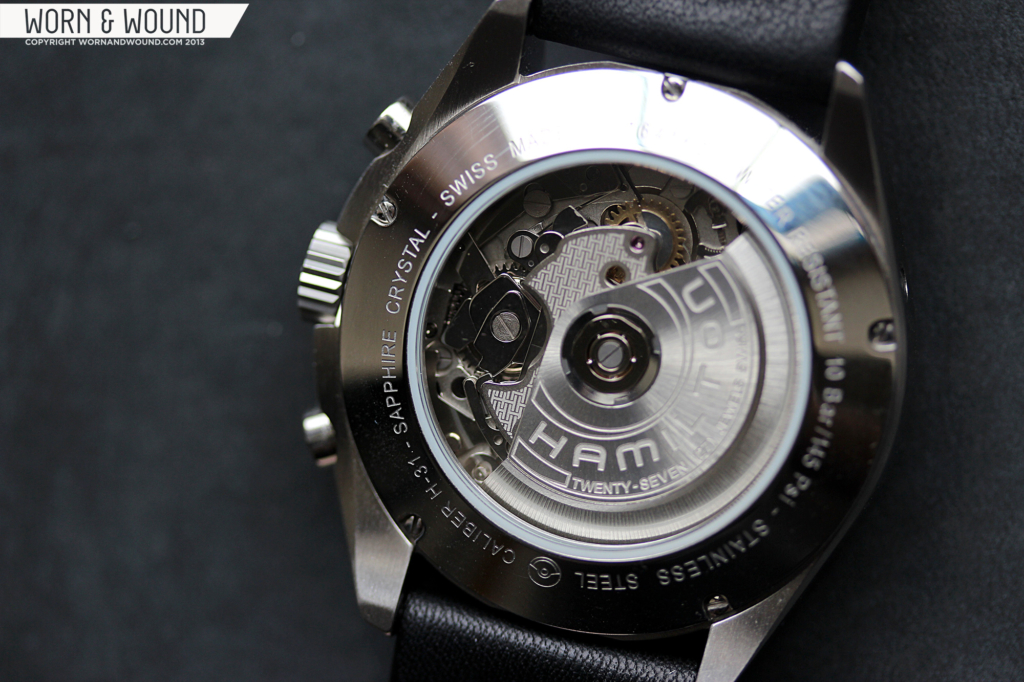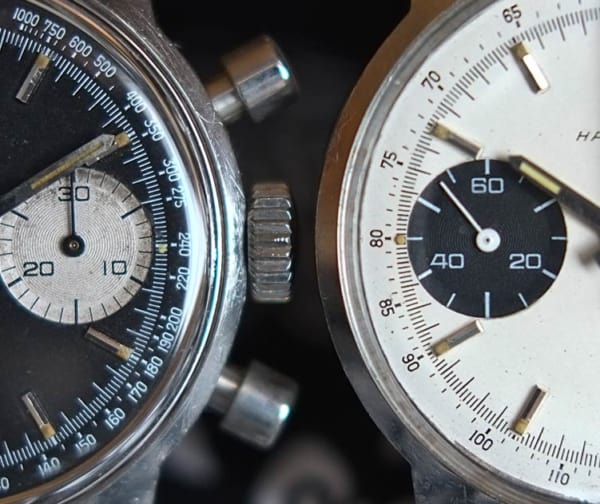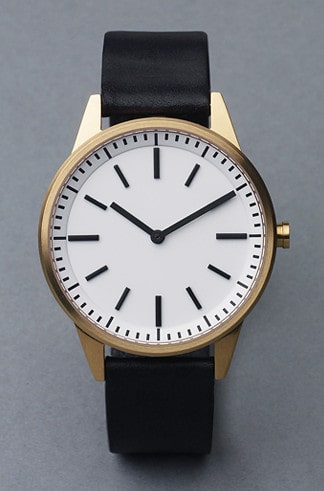It’s surprising how often a bit of archaeology in everyday areas of Watchworld yields something interesting. An example – have a rummage in your watchbox. Pound to a penny there’ll be something in there running the ostensibly humble Valjoux 7750. It’s a movement that powers everything from Invictas to Breitlings and forms the basis for some very smart watches indeed. It’s as ubiquitous in chronos as the ETA2824 is in standard three-hand watches.
Good things happen when you don’t follow orders
Who’d think the story of something so apparently workaday involves one of the foremost movement architects of this (and last) century, the dawn of computer technology and full-on corporate disobedience with tools, parts and plans being hidden?
Back in 1973, the quartz barbarians had reversed their Toyota 2000GT up to the gates of the Vallée de Joux and had started decimating the sales of mechs. Seiko had just released the first LCD (a mere four years after the analogue Astron) and James Bond was buckling on a Hamilton Pulsar P2 model 2900, in “Live and Let Die”. Wiggly springs were getting a quartz kicking.









 Featured Videos
Featured Videos




